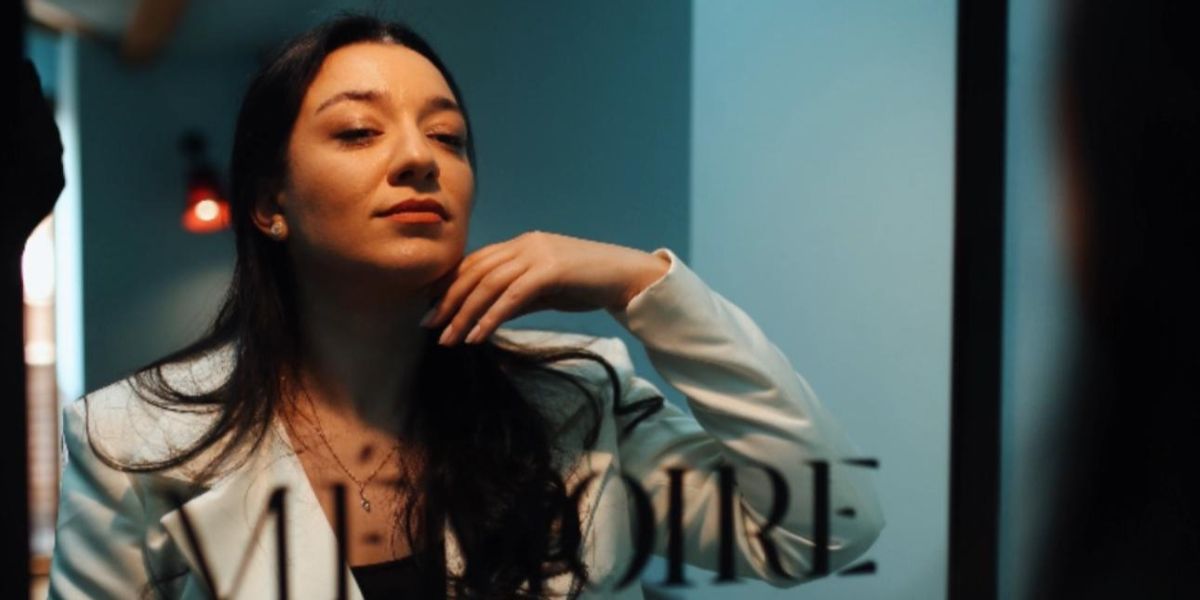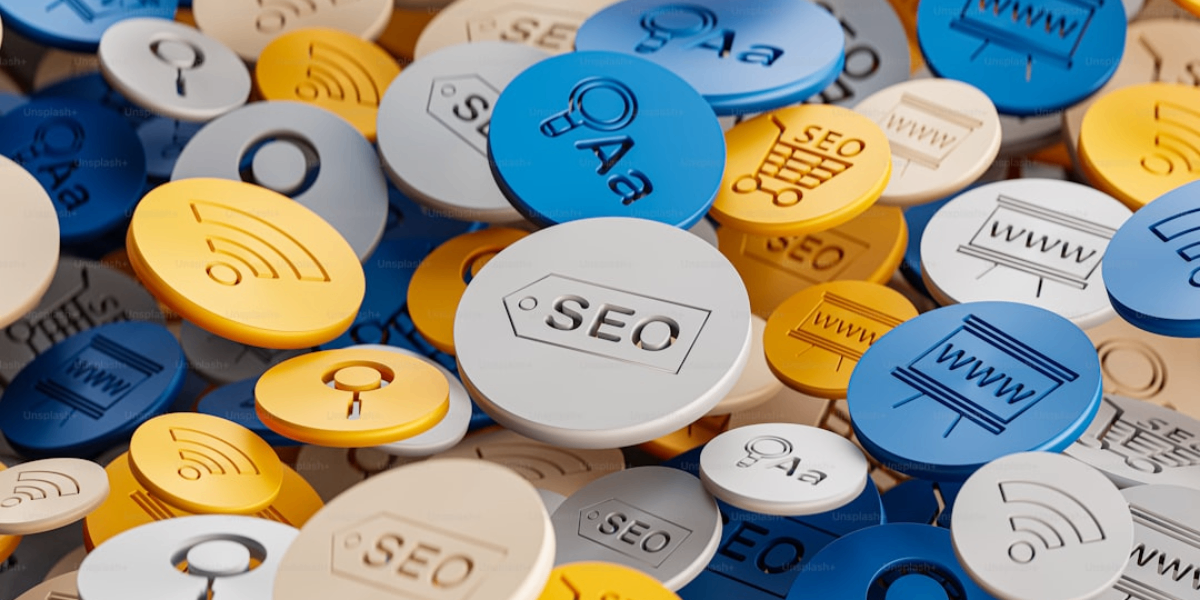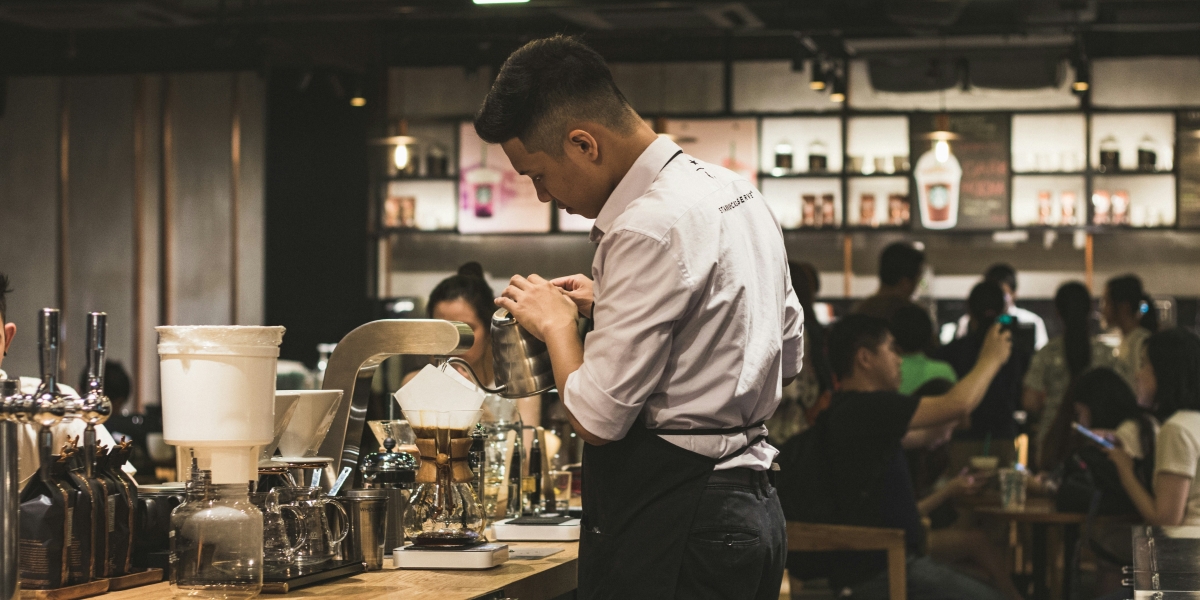Inclusive beauty continues to influence fashion and media in noticeable ways. Traditional beauty standards have shifted over time, reflecting a broader range of identities, body types, and personal expressions. Various industries have taken steps to acknowledge different perspectives on beauty, contributing to evolving representations in advertisements, runway shows, and entertainment.
The conversation around representation has gained visibility through digital platforms, where discussions about inclusivity and self-expression frequently emerge. Social media has provided individuals with opportunities to challenge long-standing norms, influencing brands and media outlets to consider a wider range of voices in their creative decisions. As audiences engage with diverse content, shifts in fashion and beauty marketing continue to take shape.
Read also: Inclusivity in Fashion: Body Positivity and Diverse Representation
Expanding Perspectives on Beauty
Fashion and media have long played a role in shaping beauty ideals, often emphasizing particular features, styles, and body types. While certain aesthetics have remained prominent, there has been a growing awareness of the importance of varied representation. Many brands have responded by featuring individuals with different backgrounds, abilities, and expressions, contributing to an evolving portrayal of beauty.
Increased visibility of diverse models and public figures has influenced perceptions of style and identity. As audiences encounter a broader range of images in advertising and entertainment, perspectives on attractiveness and personal expression continue to develop. Some companies have introduced product lines that aim to meet a wider range of needs, offering selections designed to accommodate different preferences and characteristics.
The presence of a variety of body types, skin tones, and gender identities in media has influenced conversations about inclusion. While progress varies across industries, there have been efforts to expand the definition of beauty beyond historically dominant narratives. These shifts are often influenced by social discussions, audience expectations, and market trends that prioritize broader representation.
Evolving Standards in Fashion
Fashion has often reflected cultural and societal trends, responding to changes in public perception and consumer interest. Many designers and brands have explored ways to incorporate diverse representation in campaigns and runway shows. While mainstream fashion has historically emphasized specific aesthetics, there has been a gradual expansion in the types of models and styles being featured.
The presence of individuals with varied backgrounds on runways and in fashion advertisements has contributed to conversations about inclusivity. Some brands have explored collections that emphasize a broader range of fits and silhouettes, acknowledging different body types and preferences. Digital platforms have also played a role in shaping trends, allowing for wider discussions about self-expression and identity through fashion.
While some fashion houses continue to align with traditional industry expectations, others have adapted their approaches based on evolving perspectives. Consumer engagement has influenced shifts in marketing, as audiences express interest in styles that align with their lived experiences. This ongoing dialogue between designers, brands, and the public continues to influence the industry’s approach to representation.
Shifting Approaches in Beauty
Beauty brands have increasingly acknowledged the demand for a wider range of products that cater to diverse preferences and needs. The expansion of foundation shade ranges, skincare formulations, and haircare products reflects a response to ongoing discussions about representation. Some companies have developed products that consider varying skin tones, textures, and personal grooming styles, contributing to a more inclusive market.
While some brands have focused on expanding product diversity, others have explored marketing strategies that highlight individuals from different backgrounds. These approaches aim to resonate with consumers seeking representation in the beauty industry. The visibility of diverse individuals in beauty campaigns has contributed to discussions about self-care, identity, and accessibility in cosmetics and personal care.
Gender inclusivity has also influenced shifts in beauty marketing. Some brands have moved away from traditional gender-based product categories, opting for approaches that emphasize personal choice and individuality. These developments reflect changing perspectives on self-expression and grooming, with some companies rethinking how they present their products to the public.
Media’s Role in Representation
Media continues to shape perceptions of beauty and identity through entertainment, advertising, and journalism. Film, television, and digital content influence how audiences engage with beauty standards, often reflecting or responding to societal shifts. As discussions about representation gain attention, some productions have explored casting choices that highlight a wider range of identities and experiences.
Print and digital publications have also adjusted their content strategies to reflect audience interest in diverse storytelling. Magazines, online platforms, and editorial features have incorporated perspectives that align with changing conversations about self-image and inclusivity. Some media outlets have prioritized narratives that center on a broader range of individuals, providing visibility to stories that might not have been widely featured in previous years.
The accessibility of streaming services and digital media has contributed to an expanded landscape of representation. With more content available across various platforms, audiences have access to a wider selection of narratives that explore different cultural backgrounds, body types, and personal identities. This shift has influenced discussions about beauty, as viewers engage with characters and stories that challenge or expand traditional perceptions.
Read also: The Dual Role: Why Celebrities Excel as Models
Considerations for the Industry’s Future
As inclusivity becomes a focal point in fashion and beauty, discussions continue about how these industries can sustain meaningful representation. Some companies have committed to long-term initiatives that prioritize diverse hiring, product development, and marketing strategies. Others have engaged with community input to better understand how to reflect different perspectives in their offerings.
Challenges remain in ensuring that representation extends beyond surface-level marketing efforts. Audiences and industry professionals continue to examine how inclusivity can be integrated into business practices, creative direction, and brand messaging. Ongoing engagement between brands, consumers, and advocates may shape how representation evolves in the coming years.
The relationship between beauty, fashion, and media continues to develop as public conversations influence industry decisions. While changes in representation have been observed in various aspects of these industries, discussions about inclusivity remain ongoing. How companies navigate these shifts may determine how beauty and identity are portrayed in future content, advertising, and design.








